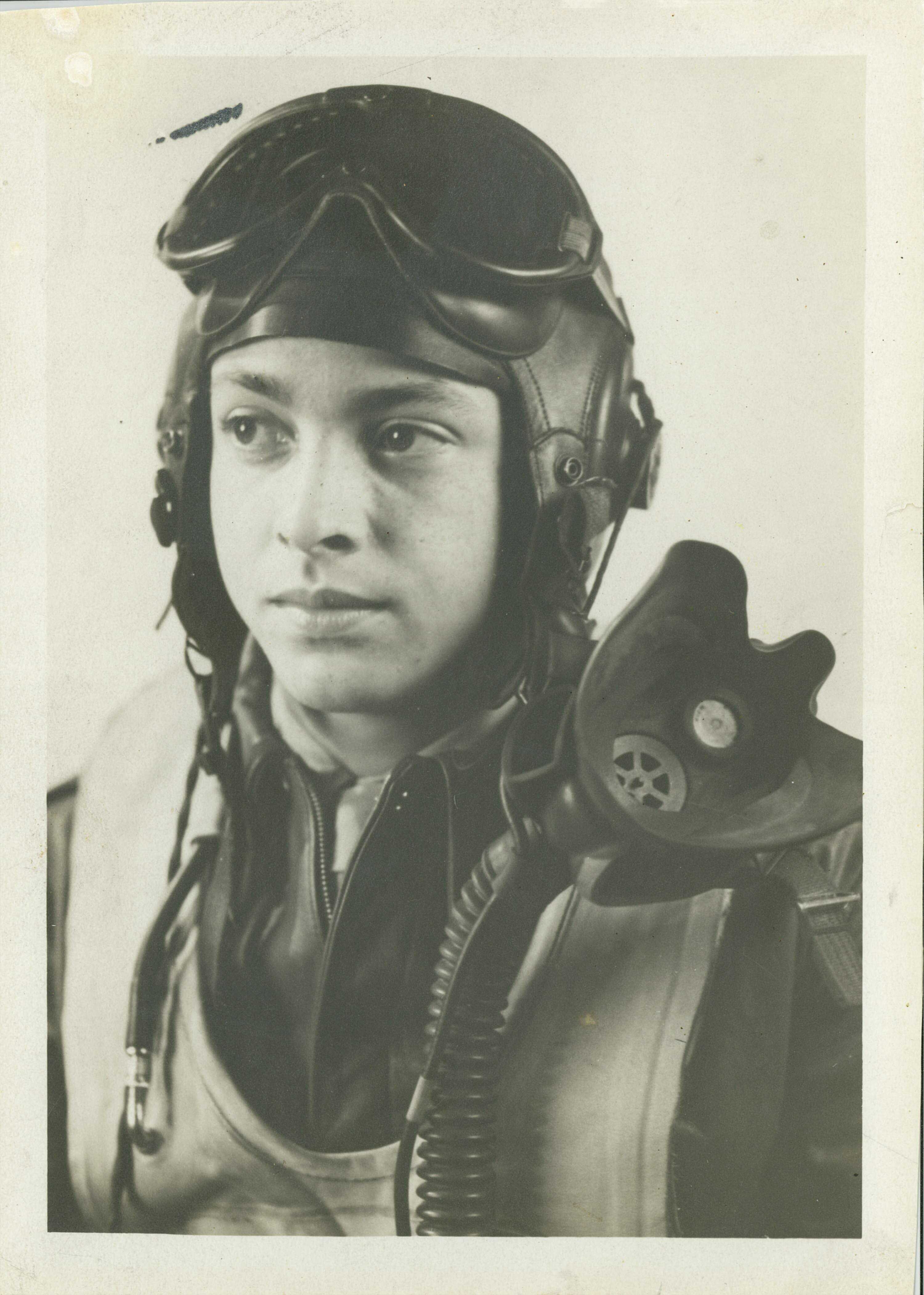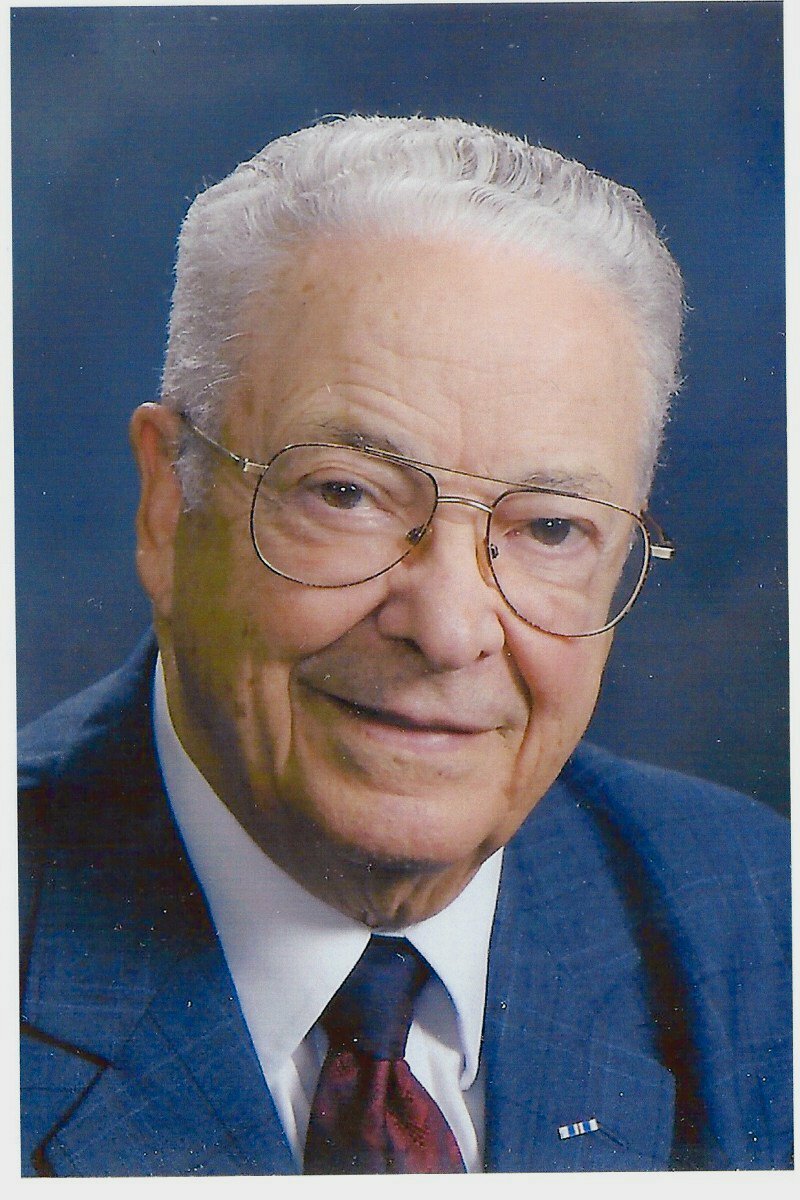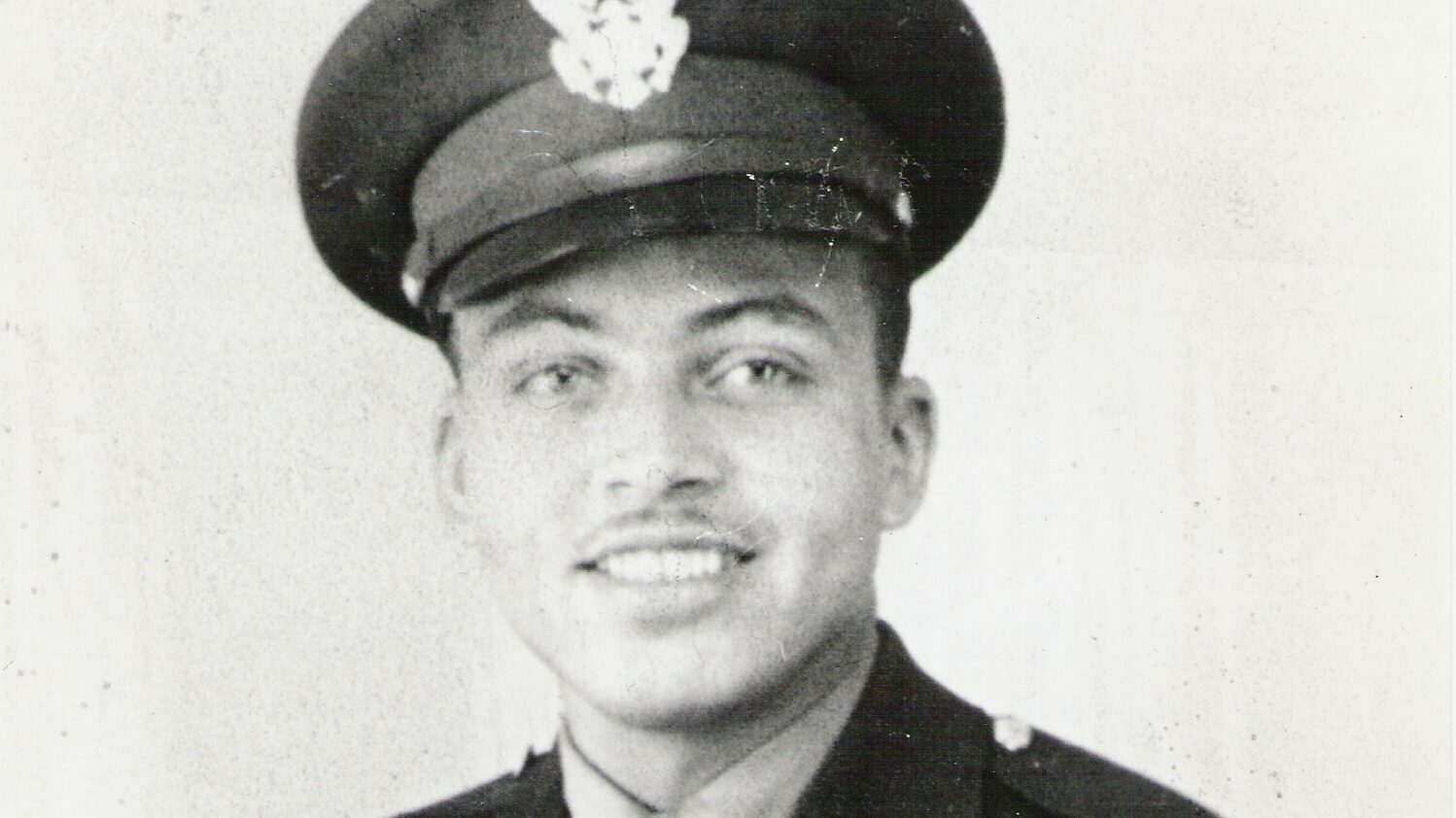Meet Tuskegee Airman Lt. Colonel George Hardy

Lieutenant Colonel George Hardy was born in South Philadelphia on June 8, 1925. He was the second of seven children and grew up during a time of racial segregation.
Hardy graduated from South Lafyette High School, only six months after the attack on Pearl Harbor and right on the cusp of World War II. Hardy wanted to join the military service like his classmates and his older brother, but his father didn’t approve. Plus, Hardy turned 17 years old the same month he graduated, so he wasn’t qualified to enlist.
“We’re Afro American, racial segregation was really rigid,” he said. “Then, the Navy would only take you if you were a mess attendant, associated with serving and preparing the food. There were no colored officers in the Navy … my brother [enlisted] and they made a cook out of him.”
Hardy wanted to be an engineer all throughout school and his father pressed him on that decision. He and his father agreed that Hardy would wait until he turned 18 to decide about the military.
“However, in early March of 1943, the military announced if you’re 17 and a high school graduate you can take the Aviation Cadet exam,” Hardy said. “I rushed up and took that on the 17th of March for the Army and I passed the written and physical and was sworn in as a private in the Army. But because of R17 they couldn’t take me, they said, ‘As soon as you turn 18 we’ll give you orders for active duty,’ which happened in June.”
Hardy reported 30 days later. He trained for six weeks and then went to Tuskegee Institute, the 320th College Training Detachment.
He graduated from Tuskegee Army Airfield in December 1943 and in September of 1944 he received his wings as a pilot and was commissioned as a second lieutenant.
From there he went to South Carolina for combat and P-47 aircraft training where he drove an automobile for the very first time. He was shipped overseas in February 1945 and was assigned to the 99th Fighter Squadron, 232 Fighter Group at 19 years old.
Hardy said flew 21 combat missions over Europe before the war ended, mainly high altitude missions escorting bombers over Germany.
After serving overseas he then went back to Tuskegee until it closed in 1946. Hardy didn’t want to stay in the service though, he wanted to go to college and get an education.
In 1946 he went back to Philadelphia. While there he met a girl who went to graduate school in New York, so he moved to New York, went to NYU and got married.
But in 1947, the strategic and tactical field team became separate from the Army and became an entity under the Air Force, which was ranked on par with the Army and Navy. Once that team joined the Air Force, there was a bigger budget.
That’s when Hardy Said Colonel Davis sent letters to former members asking them to come back to active duty. At first Hardy didn’t act on his letter. He wanted to finish college. However, his wife became pregnant, and he was only in his freshman year of college.

“I figured I better go back into service where I can support a family, so I went back in June of ’48 and then retired in ’71,” he said.
President Truman signed the executive order in 1948 directing the Army, Navy and Air Force to submit their plans for racial integration. The branches complied and Hardy said suddenly, there was integration.
In 1949 between outfits, he was assigned to an engineering school where he was there for 50 weeks learning electronic maintenance radar and long-range navigational equipment.
Hardy then went to Okinawa and flew 45 combat missions.
Hardy was stationed in Texas, Maine and Japan – all with his wife and three kids. Throughout his service he worked in engineering, became a maintenance officer, made Major and even had a fourth kid.

It was then that Hardy was offered to attend a graduate program for the Air Force in reliability engineering.
Hardy agreed to go and was transferred for the 19-month program in 1964. There he received a Master of Science degree in system engineering/reliability from new technology.
“So now this high school kid who started, now I have two engineering degrees,” he said.
With the master’s degree and ranking as a Major, Hardy went to the Systems Command, Electronic Systems division in Massachusetts for five-and-a-half-years. At the end of the first year, he was promoted to Lieutenant Colonel. This caused Hardy to have to travel to Europe twice a year as well other places across the country.
He did this for three-and-a-half years and following a series of events including training, he suddenly found himself in Vietnam with the 18th Special Operations Squadron.
Support your local PBS station in our mission to inspire, enrich, and educate.
Hardy came back to the states and retired in November of 1971. In total Hardy flew 70 combat missions in Vietnam, 21 in World War II and 45 in Korea.
After retiring from the military at the rank of Lieutenant Colonel, he then worked for GTE Corporation for 18 years in project management.
“People always talk to me about my combat time and things like that,” he said. “You know, I took those combat missions, flew combat missions, and always came back home. But what I’m most proud of is that I got two engineering degrees and I worked in that field for a while. And when I was a kid I always wanted to be an engineer. I’m so proud of that fact, but very few people talk about that. You know, they talk about the flying and all of that, but the engineering took a lot of work, a lot of studying. And I loved it. It’s one of those things that I’m proud of.”
Hardy considers himself lucky to have the career he’s had. Now, Hardy spends much of his time giving talks about the Tuskegee Airmen and educating others on their sacrifices. He also volunteers at his local church and food pantry.
“I feel very fortunate,” he said. “Someone was looking out over me. I feel it. Someone up there likes me and I was able to make it out alright.”
Throughout the month of February and up until the Tuskegee Airmen’s 81st anniversary in March, we’re highlighting individual airmen and their journeys. You can learn more about the Tuskegee Airmen here.

The best of PBS, straight to your inbox.
Be the first to know about what to watch, exclusive previews, and updates from PBS.


